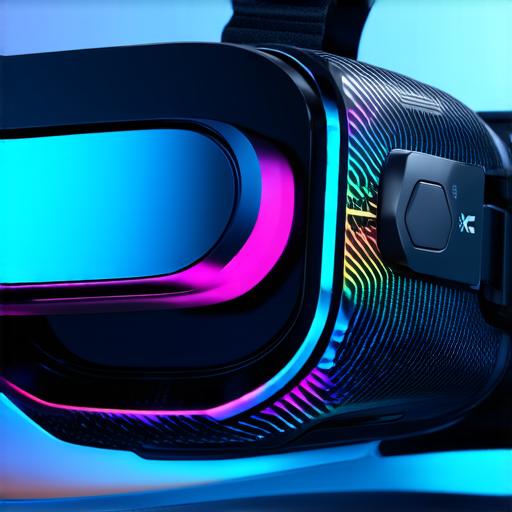
What are the latest developments in virtual and augmented reality technologies within the gaming industry?
Virtual reality (VR) and augmented reality (AR) are transforming the gaming industry. These technologies have opened up new possibilities for immersive, interactive, and engaging gameplay experiences.
Virtual Reality Technologies
Virtual reality is a technology that creates an immersive and interactive environment that simulates a real-world experience. VR headsets allow players to see, hear, and interact with virtual objects and environments.
1. Wireless VR Headsets
Wireless VR headsets have become increasingly popular among gamers. These headsets eliminate the need for cables or wires that can tether players to a PC, laptop, or console. The Oculus Quest 2 is an example of a wireless VR headset that offers high-quality graphics and low latency.
2. High-Resolution Displays
High-resolution displays are becoming more common in VR headsets. These displays offer higher resolution and crisper images, making the virtual world feel more realistic. The HP Reverb G2 is an example of a VR headset with a high-resolution display that offers 2160 x 2160 pixels per eye.

3. Eye Tracking
Eye tracking technology is becoming more prevalent in VR headsets. This technology allows the headset to track the player’s eye movements and adjust the virtual environment accordingly. The HTC Vive Pro Eye is an example of a VR headset with built-in eye tracking.
Augmented Reality Technologies
Augmented reality is a technology that overlays digital information onto the real world. AR headsets allow players to see and interact with virtual objects in their physical environment.
1. Standalone AR Headsets
Standalone AR headsets have become more popular among gamers. These headsets eliminate the need for a smartphone or tablet to access AR content. The Magic Leap is an example of a standalone AR headset that offers high-quality graphics and low latency.
2. Integrated AR Devices
Integrated AR devices are becoming more prevalent in gaming. These devices combine AR technology with other devices such as smartphones, tablets, or laptops to provide a seamless gaming experience. The Samsung Galaxy S21 is an example of a smartphone that integrates AR technology through the camera.
3. Hand Tracking
Hand tracking technology is becoming more common in AR headsets. This technology allows the headset to track the player’s hand movements and adjust the virtual environment accordingly. The Oculus Quest 2 is an example of an AR headset with built-in hand tracking.
Case Studies
Let’s take a look at some real-life examples of how VR and AR technologies are being used in the gaming industry:
Virtual Reality
Virtual reality is being used to create immersive gaming experiences that transport players into new worlds. For example, “Beat Saber” is a popular VR game that uses rhythm and music to create an immersive gaming experience. Players use virtual light sabers to slash through blocks to the beat of music.
Augmented Reality
Augmented reality is being used to enhance existing games and create new gaming experiences. For example, “Pokémon Go” is a popular AR game that uses the player’s smartphone camera to superimpose virtual creatures onto the real world. Players can search for and catch these creatures in their physical environment.


